Granhand Seochon (그랑핸드 서촌)
8.7Km 2024-01-30
Jahamun-ro 4-gil 14-2, Jongno-gu, Seúl
Templo Gilsangsa en Seúl (길상사(서울))
8.7Km 2025-04-02
Seonjam-ro 5-gil 68, Seongbuk-gu, Seúl
El templo Gilsangsa está situado en el distrito de Seongbuk-dong, del norte de Seúl. Fue construido en el recinto del famoso restaurante Daewongak, cuya dueña donó la propiedad al venerable monje Bupjeong (1932-2010), que fue la persona que transformó el lugar en este templo inaugurado en 1997. Aunque Gilsangsa tiene una historia relativamente corta, está muy bien situado en el centro de Seúl, por lo que atrae muchos visitantes tanto nacionales como extranjeros. El templo también sirve como lugar cultural, ya que ofrece diversos programas como enseñanzas budistas, y estancia en templo. Las construcciones Gilsang Seonwon (centro zen) y la Casa el Silencio están dedicadas a la meditación. Gilsang Seonwon ofrece habitaciones para que mediten budistas con experiencias, mientras que la Casa del Silencio está abierta al público en general. Gilsangsa también tiene una sede en París.
Residencia Gyeonggyojang en Seúl (서울 경교장)
8.8Km 2025-08-20
Saemunan-ro 29, Jongno-gu, Seúl
La Residencia Gyeonggyojang está situada en Pyeong-dong, Jongno-gu, Seúl. Se la considera un sitio histórico y solía ser una oficina y residencia hasta que Bakebeom Kim Koo, figura lider durante el gobierno provisional de Corea, fue asesinado el 26 de junio de 1949. La casa es uno de los tres sitios donde actividades sobre la fundación de un gobierno democrático tuvieron lugar, antes de que se estabilizase por completo.
Palacio Gyeonghuigung (경희궁)
8.8Km 2025-05-13
Saemunan-ro 45, Jongno-gu, Seúl.
Hacia finales de la época de Joseon, el palacio Gyeonghuigung fue considerado como un palacio secundario del monarca; y por su ubicación, hacia el oeste (seo, en coreano) de Seúl, en ocasiones fue nombrado como Seogwol (Palacio del Oeste).
El palacio secundario era el lugar en donde el rey se refugiaba en momentos de emergencia. Desde Injo a Cheoljong, aproximadamente 10 reyes de la dinastía Joseon pasaron algún momento de sus vidas en este palacio. Fue construido respetando el relieve de las montañas que lo rodeaban, por lo que posee una belleza tradicional en su arquitectura y un gran significado histórico. Hubo tiempos en los que tenía una dimensión enorme, por lo que se tuvo que levantar un puente con forma de arco para conectarlo con el palacio Deoksugung. Para la audiencia real, estaban los edificios Sungjeongjeon y Jajeongjeon; y como cuartos privados, los edificios Yungbokjeon y Hoesangjeon. Sumaban un total de aproximadamente 100 edificios de distinto tamaño dentro del palacio. Sin embargo, gran parte del palacio fue derrumbada y dañada por la invasión japonesa de 1908.
Hoy en día, la puerta principal del palacio, Heunghwamun, es utilizada como la puerta de acceso al Hotel Shilla.
Cerca del palacio Gyeonghuigung se encuentra el Museo de Historia de Seúl, la calle Jeongdong y la siempre abarrotada calle Jong-ro. Una vez que haya recorrido Gyeonghuigung, puede cruzar la calle Jeongdong y caminar hacia el palacio Deoksugung. El camino del muro de piedra del palacio Deoksugung está considerado como uno de los más elegantes de la ciudad.
Groundseesaw Seochon (그라운드시소 서촌)
8.8Km 2024-04-19
Jahamun-ro 6-gil 18-8, Jongno-gu, Seúl
Barrio Seochon (서촌마을)
8.8Km 2024-04-18
Pirun-daero 45, Jongno-gu, Seúl.
Cementerio Nacional de Seúl (국립서울현충원)
8.8Km 2025-07-02
Hyeonchung-ro 210, Dongjak-gu, Seúl.
La parte de atrás del Cementerio Nacional de Seúl está rodeada por los picos sagrados de las montañas de Dongjak, que se conectan con el monte Gongjaksan formando los picos del monte Gwanaksan. En el frente, el cementerio mira hacia el río Hangang.
El Cementerio Nacional de Seúl está situado en una superficie de aproximadamente 1.430.000 ㎡. Aquí descansan los restos de 165.000 mártires y soldados, policías, y fuerzas de reserva que sacrificaron sus vidas por su país. En la Memorial Tower se encuentran los recordatorios de unos 104.000 soldados fallecidos durante la Guerra de Corea, pero cuyos cuerpos nunca fueron encontrados, junto con 7.000 cadáveres de unos 7.000 soldados desconocidos. Los restos de más de 54.000 patriotas están enterrados en el cementerio, que está dividido en varias secciones: tumbas de soldados, policías, ciudadanos de mérito, y figuras clave del gobierno provisional. Cada año, el 6 de junio, se celebran servicios funerarios y diversos eventos para recordar a estos valientes patriotas.
Las instalaciones consisten en la Puerta Conmemorativa, la Torre Conmemorativa, la Fuente Chungseong, el Campo Santo, la Sala de Exposición Fotográfica, el Cine de Películas Educativas y la Sala de Exhibición de Reliquias. En 1955, el cementerio fue nombrado Cementerio Militar Nacional, para después ser elevado al estado de Cementerio Nacional en 1965. En 1996, el organismo que lo administra cambió de nombre, pasando de ser "Oficina de Administración del Cementerio Nacional" a "Organización del Cementerio Nacional".
Boan1942 (보안1942)
8.8Km 2023-12-21
Hyoja-ro 33, Jongno-gu, Seúl
Antes de convertirse en un espacio de arte en 2007, Tongui-dong Boan sirvió como lugar de descanso para los viajeros desde 1942 hasta 2005. Después de una breve pausa, el lugar se renovó como espacio cultural en 2017 para continuar con su legado histórico y brindar creatividad e inspiración bajo el concepto de "Boanstay".
Boan1942 se divide en un espacio cultural (que consta de una cafetería, un taller de proyectos, una librería y un área de exposiciones), y Boanstay (en los pisos 3 y 4, ofreciendo alojamiento temporal a los nómadas culturales). Ubicado en Seochon, el centro de la cultura, la historia y el tráfico de Seúl, Boanstay ofrece una espléndida vista de los patrimonios históricos y culturales de Seúl, como el palacio Gyeongbokgung, Cheong Wa Dae y la Aldea Tradicional Seochon.
* Cortesía de Boanstay.
Oliva Garden (올리바가든)
8.8Km 2021-05-11
16, Jahamun-ro, Jongno-gu, Seoul
+82-2-733-3056
It is an Italian restaurant featured in a popular Korean drama. The best menu at this restaurant is steak. This Korean dishes restaurant is located in Jongno-gu, Seoul.
Museo de Arte Sungkok (성곡미술관)
8.8Km 2021-02-03
Gyeonghuigung-gil 42, Jongno-gu, Seúl.
+82-2-737-7650
El museo fue inaugurado en el año 1995 en homenaje al maestro Kim Sung-kok, fundador de la compañía Ssangyong. Es una institución pública, cuya finalidad es estructurar el servicio de bienestar social por medio del arte y la cultura. La exposición está enfocada a las obras artísticas que interpretan y reflejan la tradición, las costumbres y el color folclórico de Corea, en un entorno moderno. Más allá de las exhibiciones, también apoya a los nuevos artistas, por medio de proyectos como el “Concurso Artístico de Sungkok”, y el “Artista del Futuro”. Está compuesto por el edificio principal, el edificio anexo y un parque de esculturas. También dispone de una cafetería y una tienda de artículos artísticos.
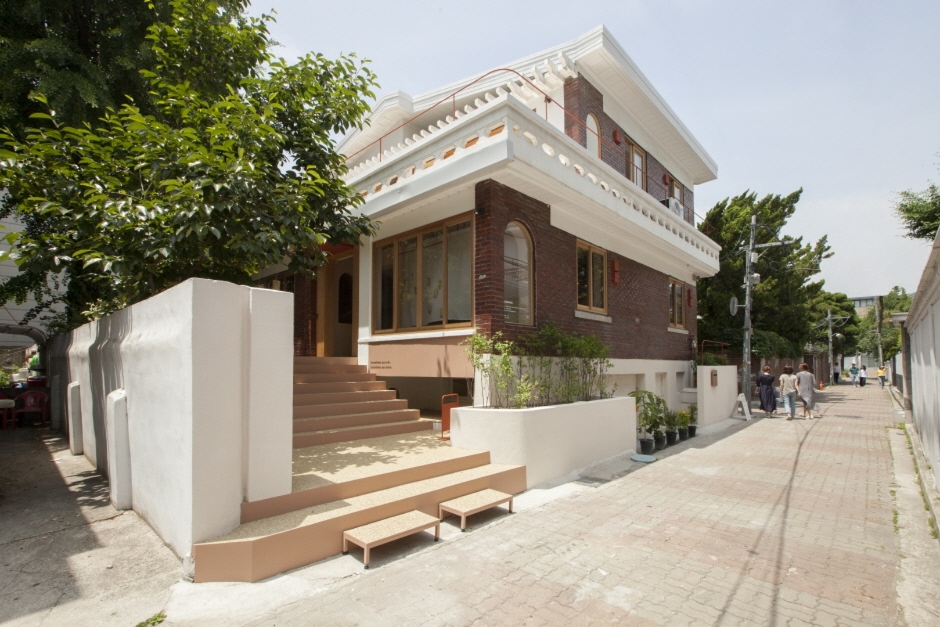
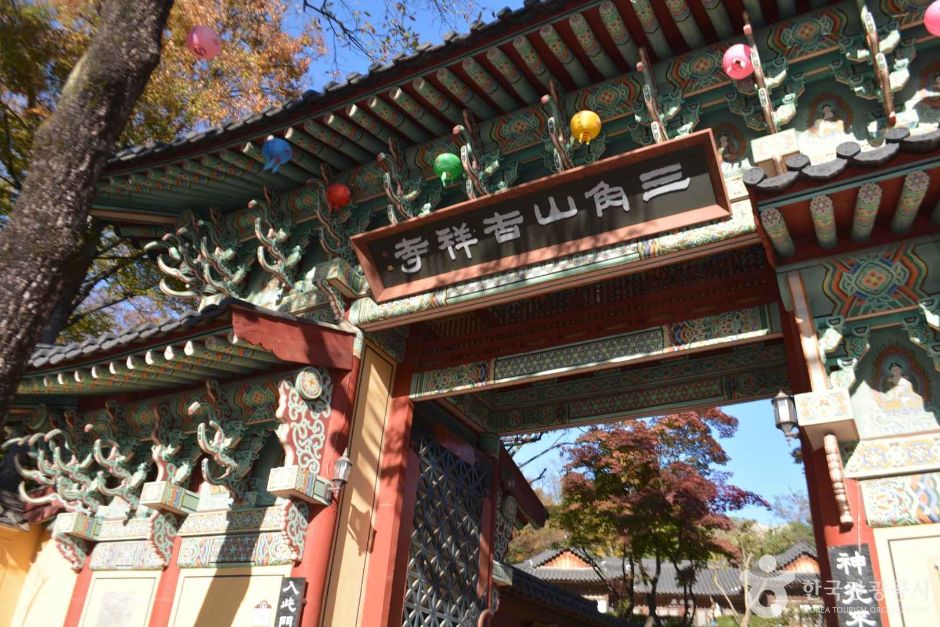
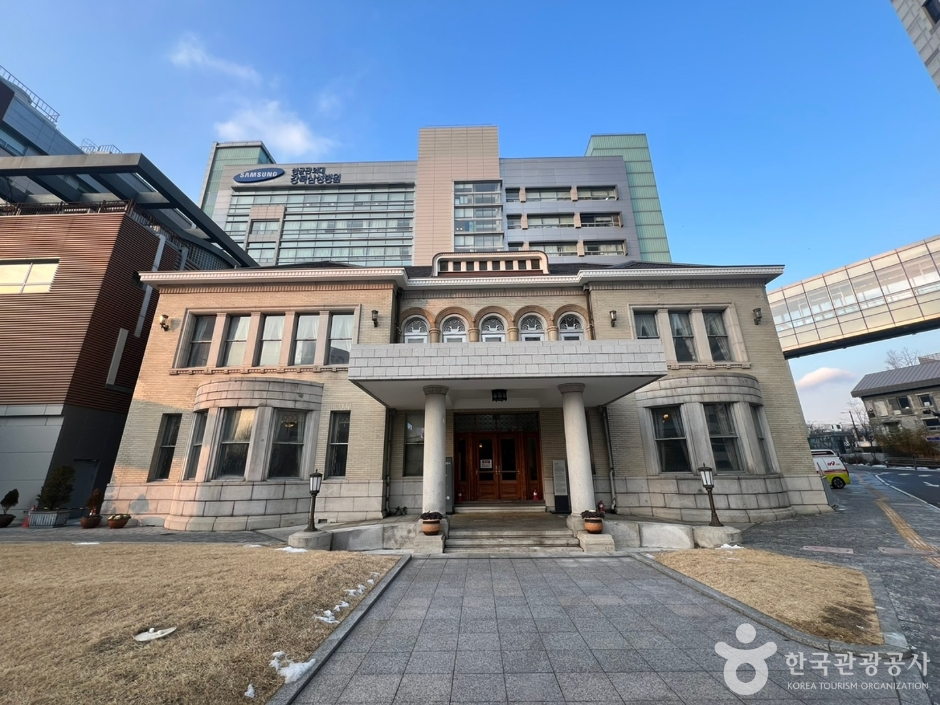
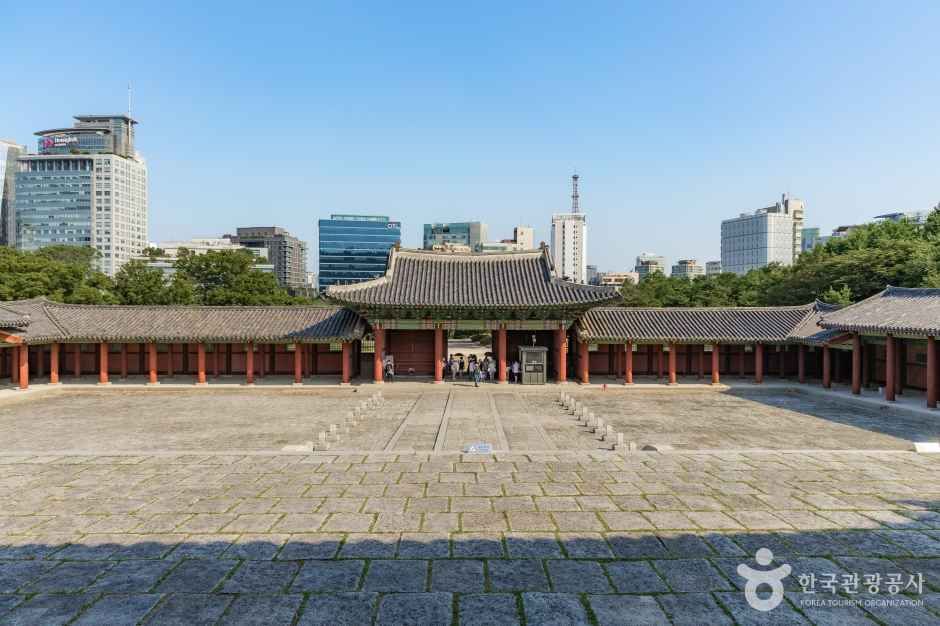

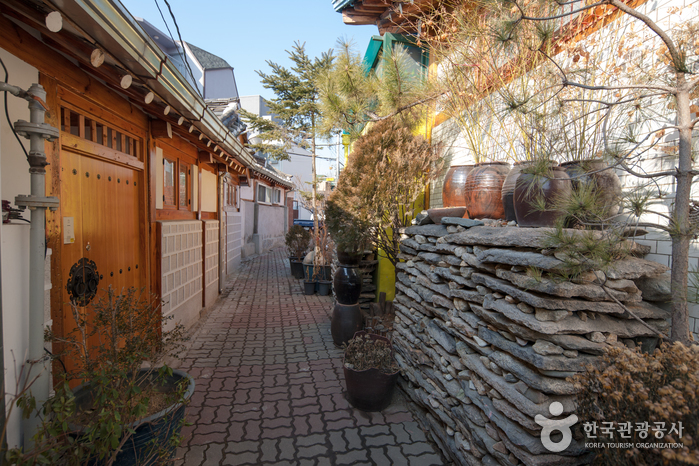
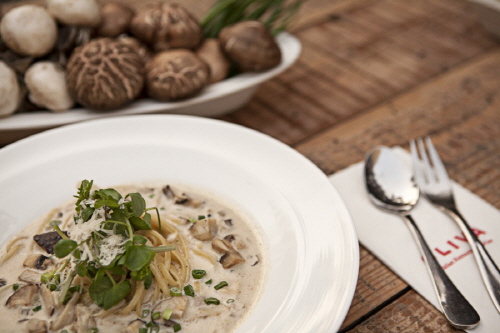
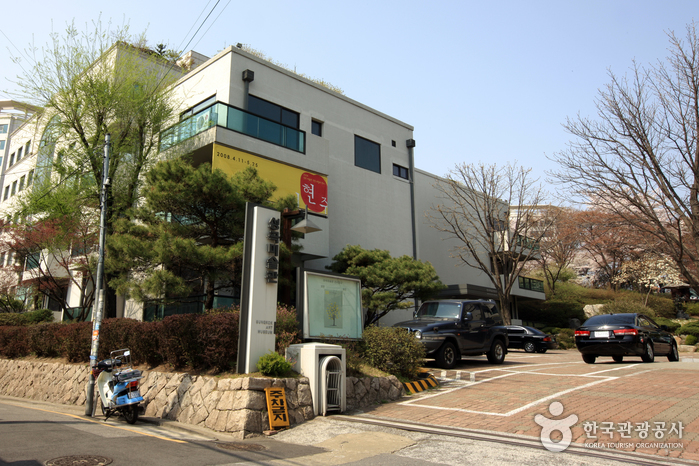
 Español
Español
 한국어
한국어 English
English 日本語
日本語 中文(简体)
中文(简体) Deutsch
Deutsch Français
Français Русский
Русский